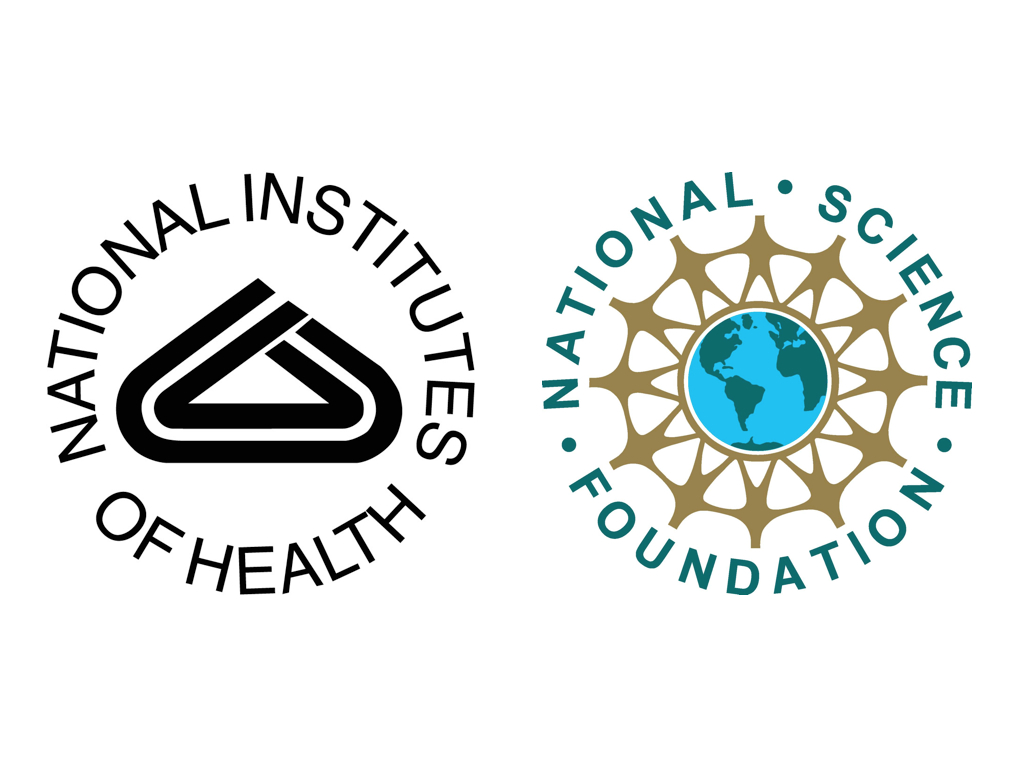The ADMR receptor mediates the effects of adrenomedullin on pancreatic cancer cells and on cells of the tumor microenvironment.
Enviado por Pablo Vivas-Mejia el
| Título | The ADMR receptor mediates the effects of adrenomedullin on pancreatic cancer cells and on cells of the tumor microenvironment. |
| Publication Type | Journal Article |
| Year of Publication | 2009 |
| Autores | Ramachandran, V, Arumugam, T, Langley, R, Hwang, RF, Vivas-Mejia, P, Sood, AK, Lopez-Berestein, G, Logsdon, CD |
| Journal | PLoS One |
| Volume | 4 |
| Issue | 10 |
| Pagination | e7502 |
| Date Published | 2009 |
| ISSN | 1932-6203 |
| Palabras clave | Adrenomedullin, Animals, Cell Line, Tumor, Endothelial Cells, Endothelium, Vascular, Gene Expression Regulation, Neoplastic, Humans, Ligands, Lung, Mice, Neoplasm Metastasis, Neovascularization, Pathologic, Pancreatic Neoplasms, Receptors, Adrenomedullin, Receptors, Peptide, Stromal Cells |
| Abstract | BACKGROUND: Adrenomedullin (AM) is highly expressed in pancreatic cancer and stimulates pancreatic cancer cells leading to increased tumor growth and metastasis. The current study examines the role of specific AM receptors on tumor and cells resembling the tumor microenvironment (human pancreatic stellate--HPSC, human umbilical vein-- HUVEC and mouse lung endothelial cells--MLEC). METHODS AND FINDINGS: AM receptors ADMR and CRLR were present in HPSC, HUVEC and MLECs while PDAC cells possessed only ADMR receptors as assessed by RT-PCR and western blotting. All cell lines expressed and secreted AM as indicated by ELISA. The growth of each of the cell lines was stimulated by exogenous AM and inhibited by the antagonist AMA. AM also stimulated in vitro angiogenesis assessed by polygon formation of endothelial cell lines. SiRNA-mediated silencing of ADMR, but not CRLR, reduced basal growth of all cells examined and reduced polygon formation of endothelial cells in vitro. Orthotopic tumors developed with shADMR bearing cancer cells had dramatically reduced primary tumor volume (>90%) and lung and liver metastasis compared to shControl bearing cells. To validate ADMR as a potential therapeutic target, in vivo studies were conducted using neutral nanoliposomes to systemically deliver human siRNA to ADMR to silence human cancer cells and mouse siRNA to ADMR to silence mouse tumor stromal cells. Systemic silencing of both human and mouse ADMR had no obvious adverse effects but strongly reduced tumor development. CONCLUSION: ADMR mediates the stimulatory effects of AM on cancer cells and on endothelial and stellate cells within the tumor microenvironment. These data support the further development of ADMR as a useful target treatment of pancreatic cancer. |
| DOI | 10.1371/journal.pone.0007502 |
| Alternate Journal | PLoS ONE |
| PubMed ID | 19847298 |
| PubMed Central ID | PMC2760778 |
| Grant List | CA16672 / CA / NCI NIH HHS / United States DK052067 / DK / NIDDK NIH HHS / United States P20 CA101936 / CA / NCI NIH HHS / United States |








